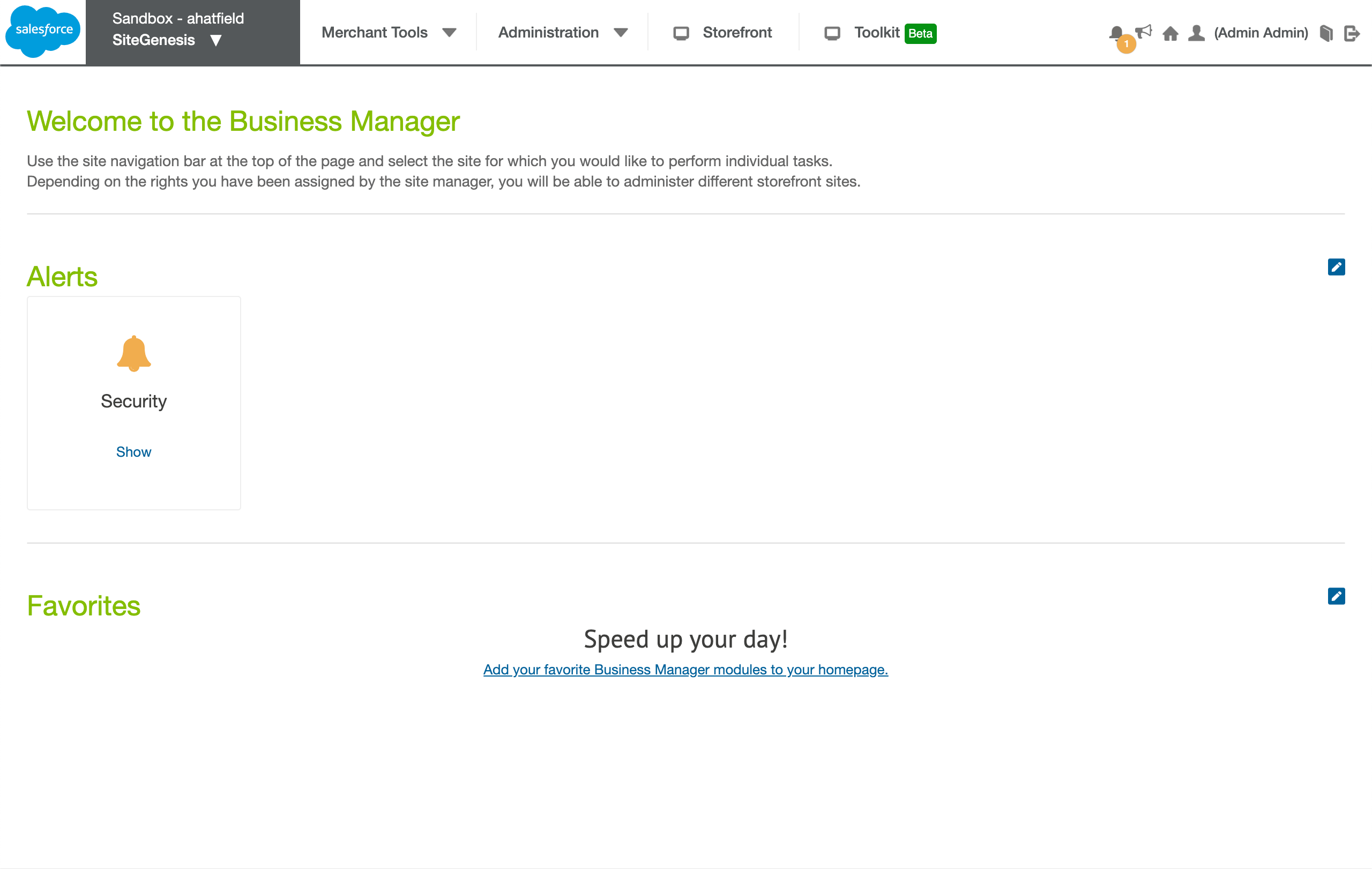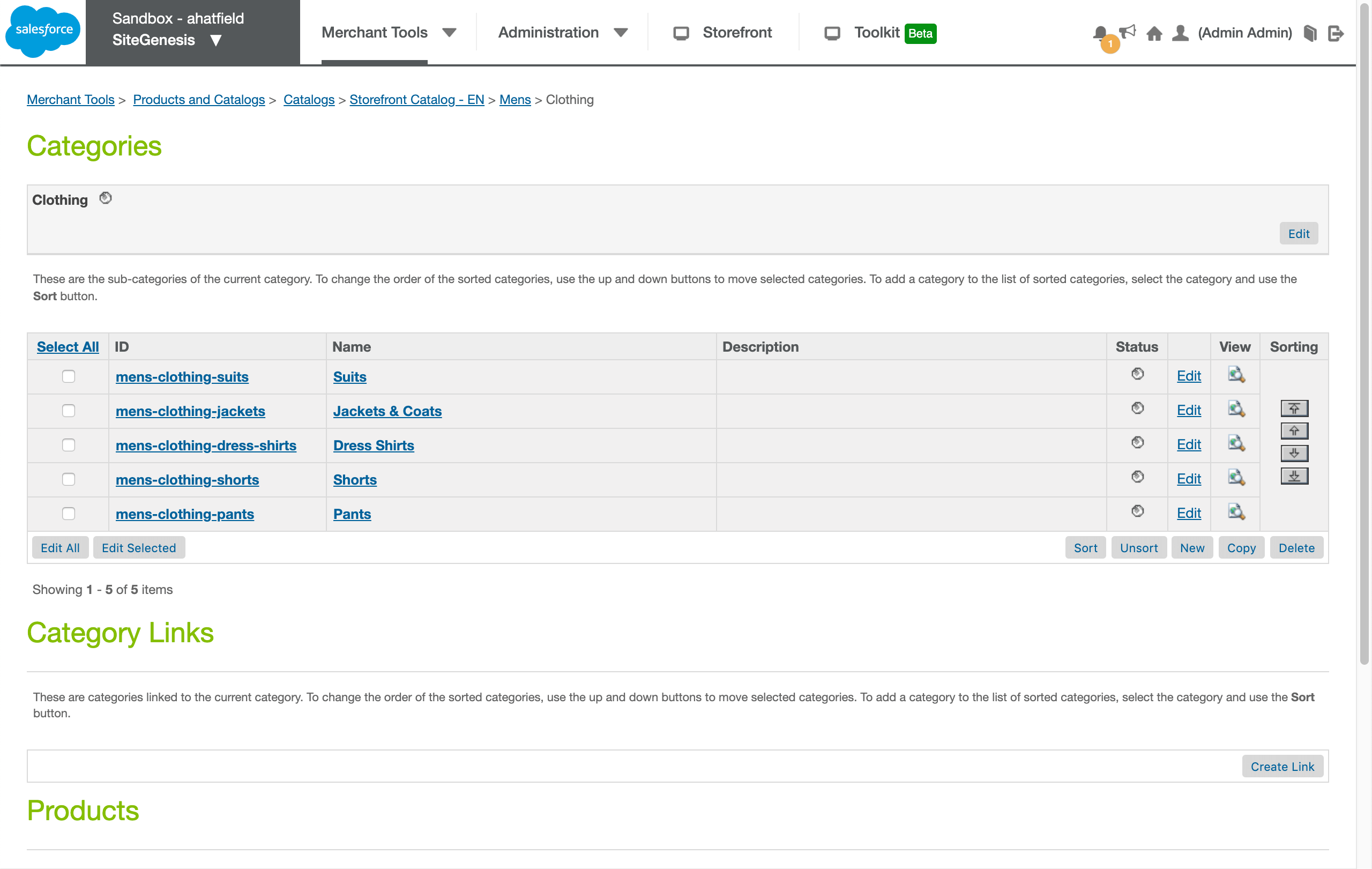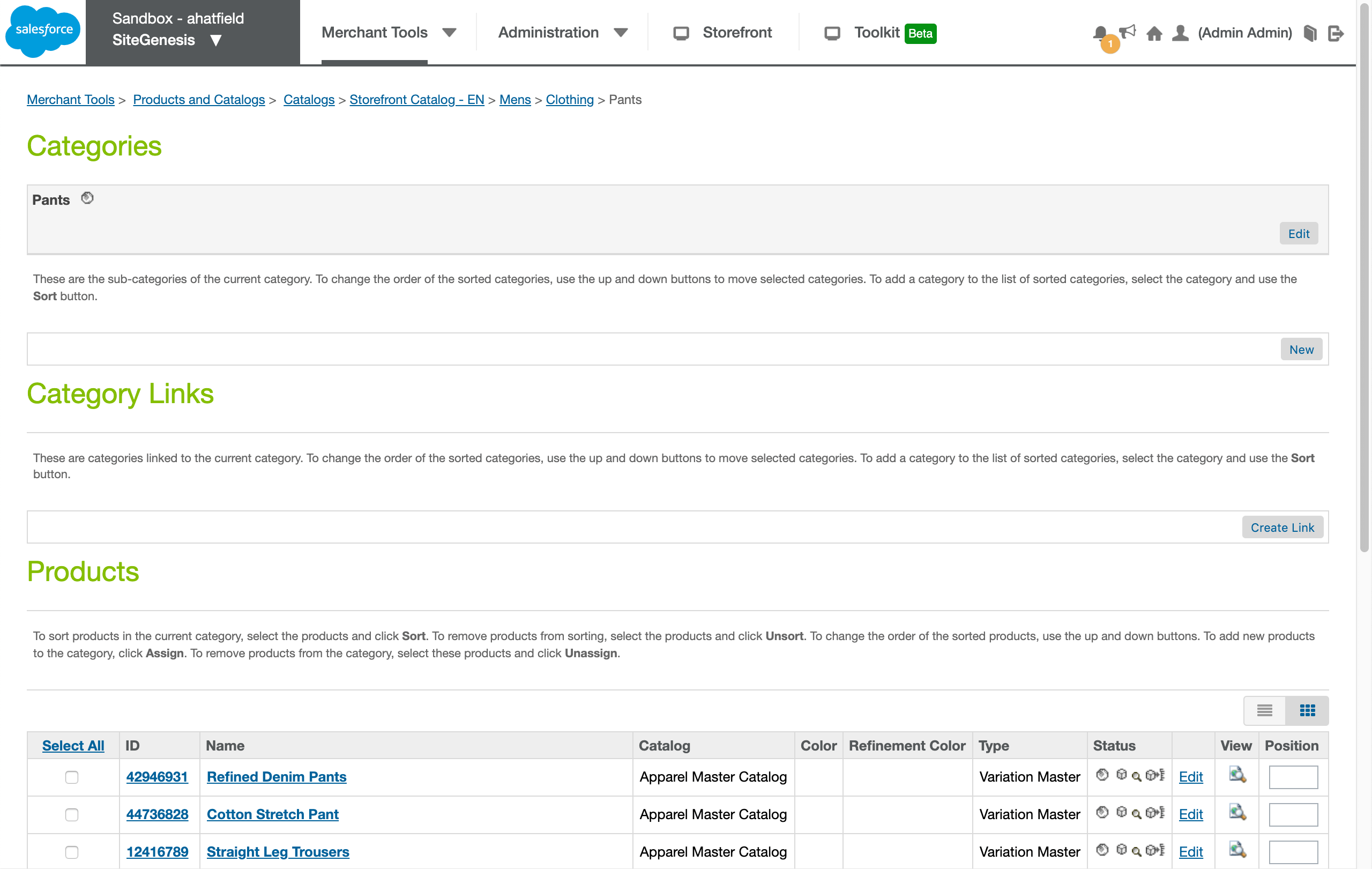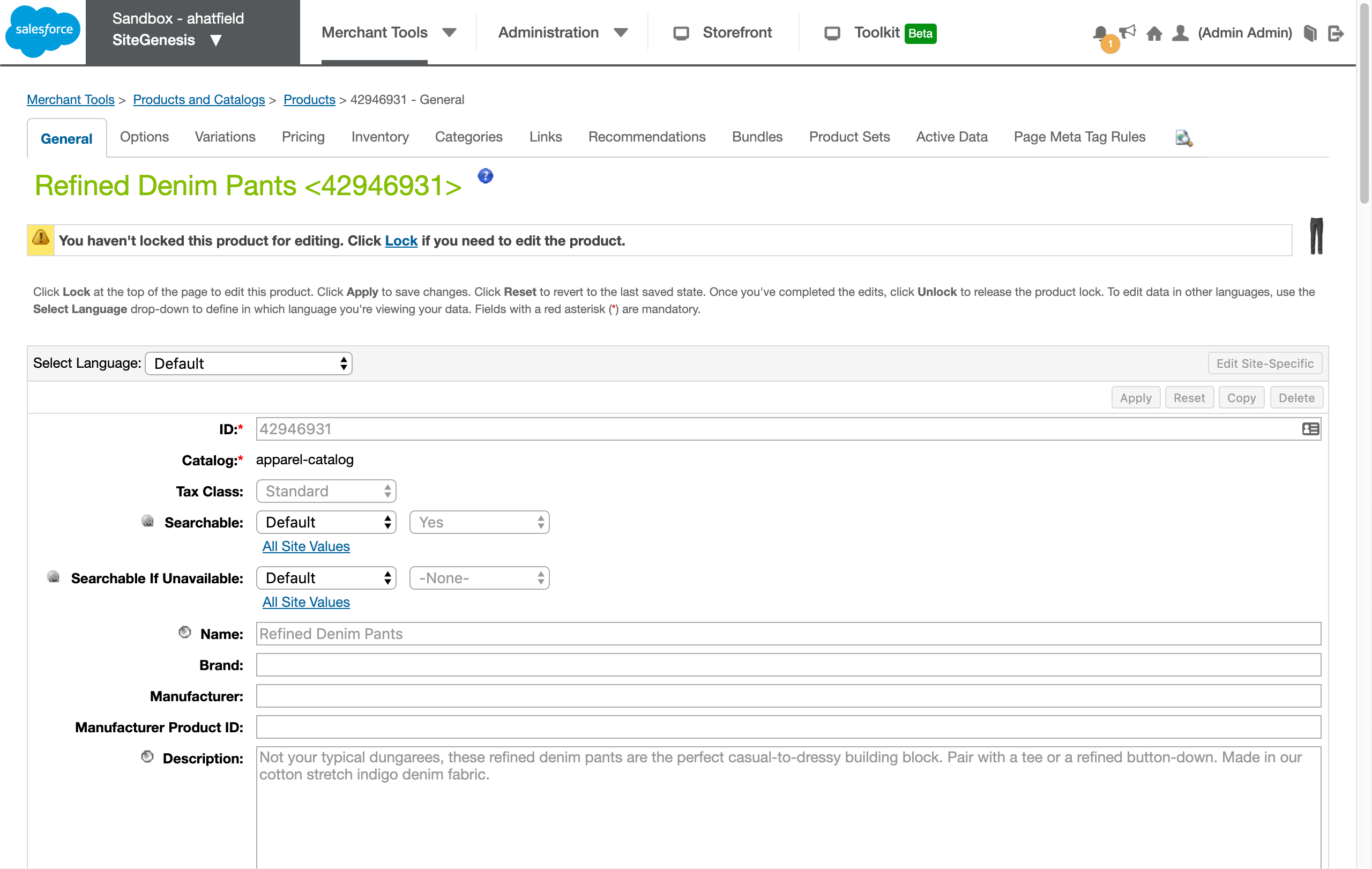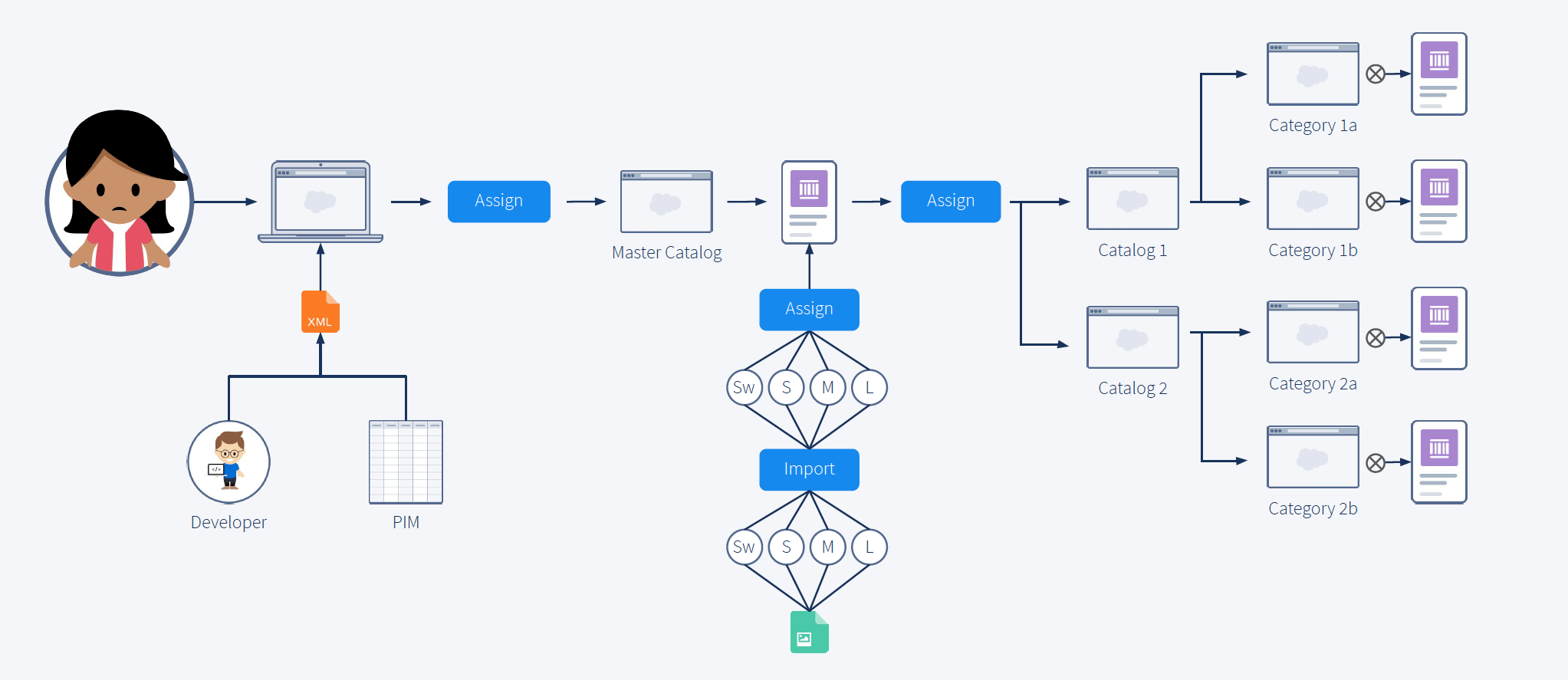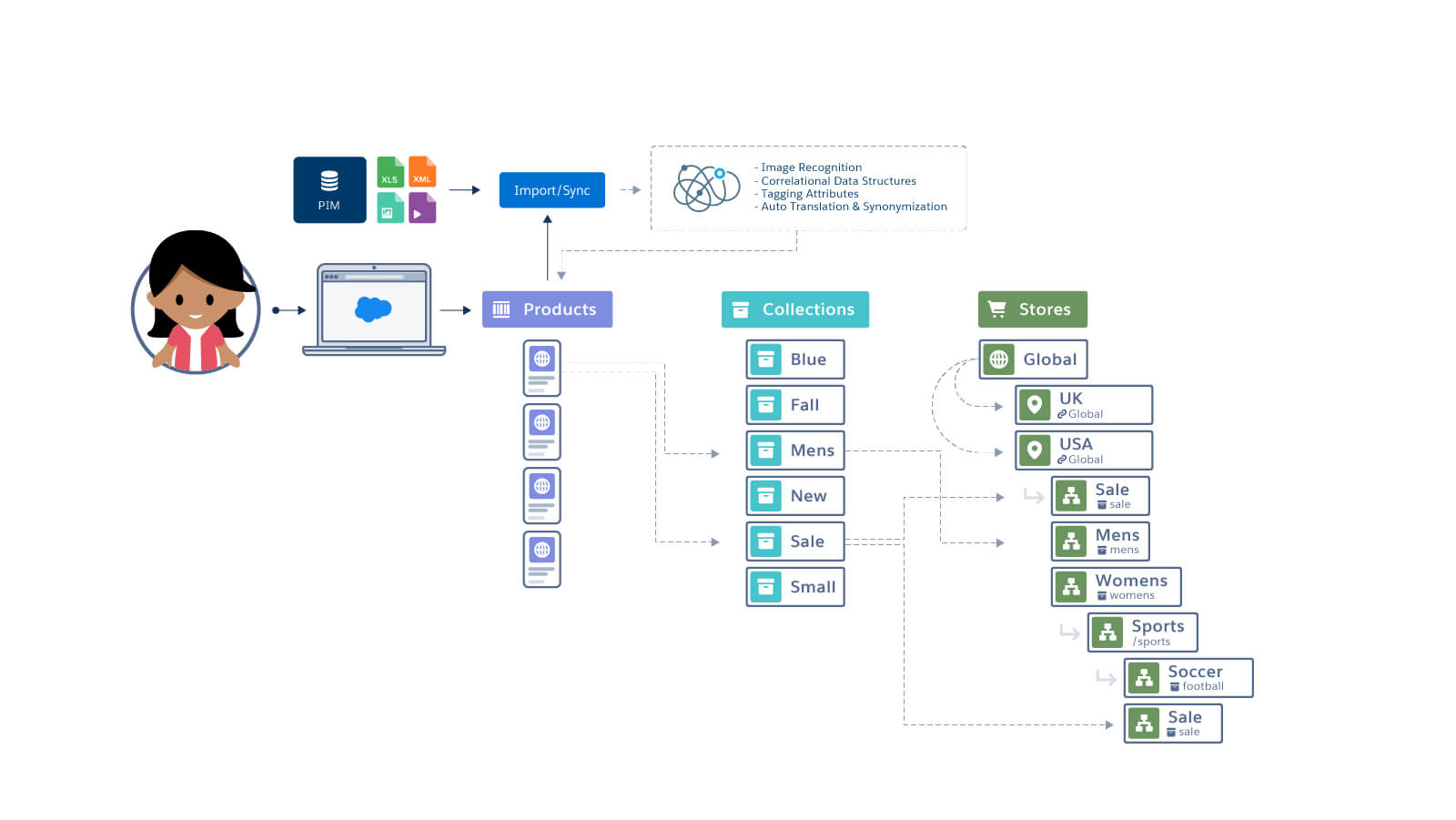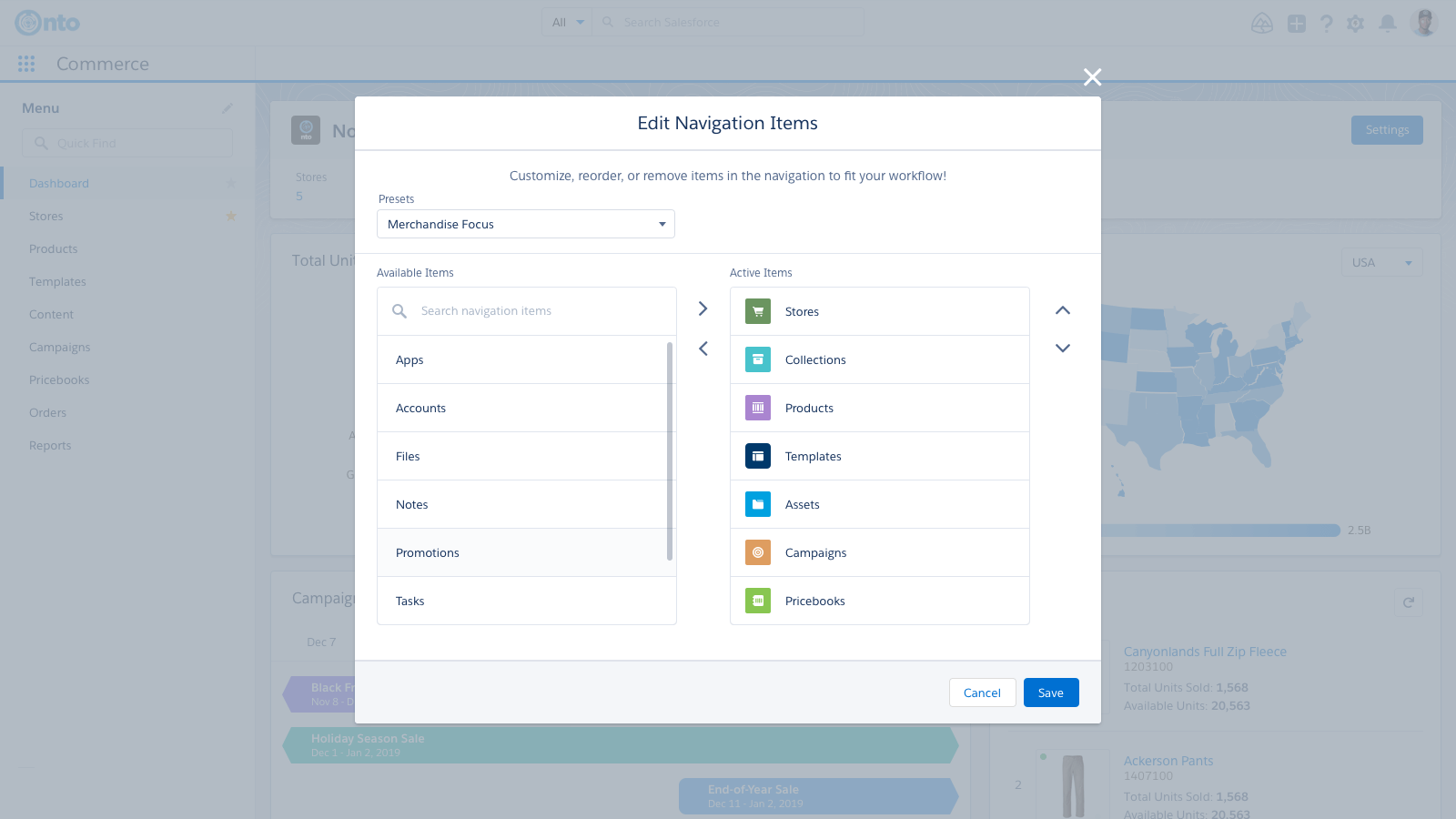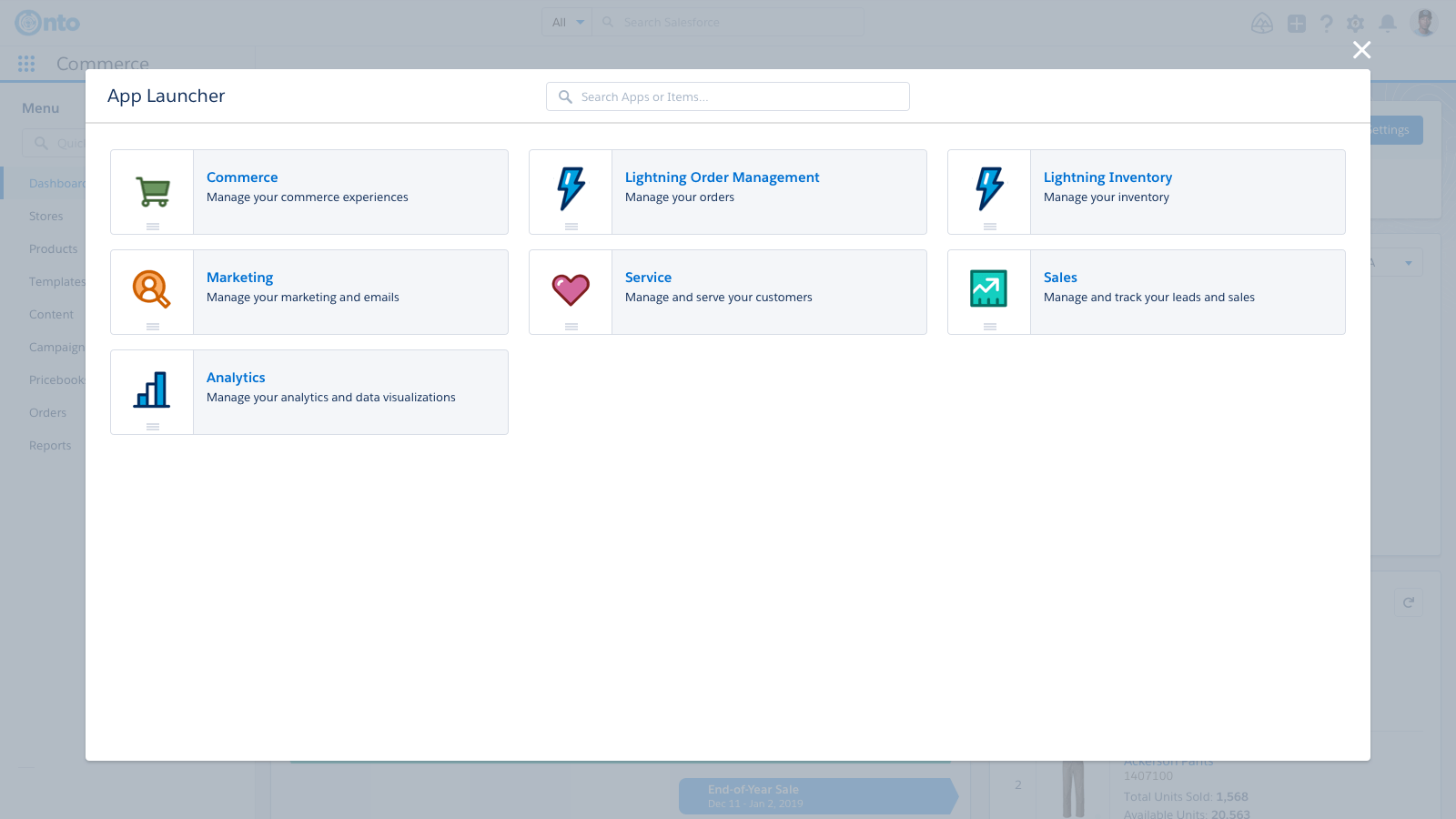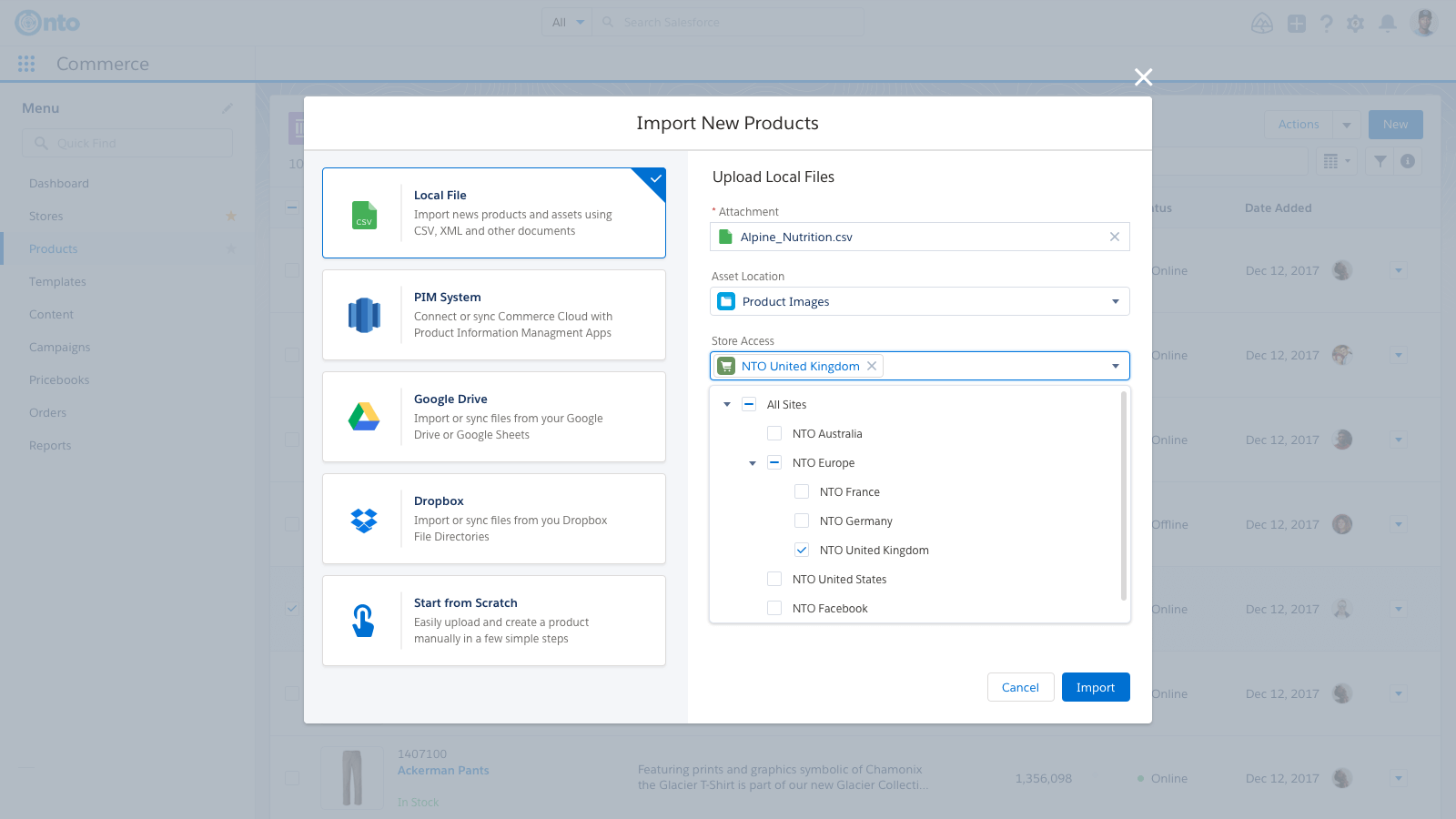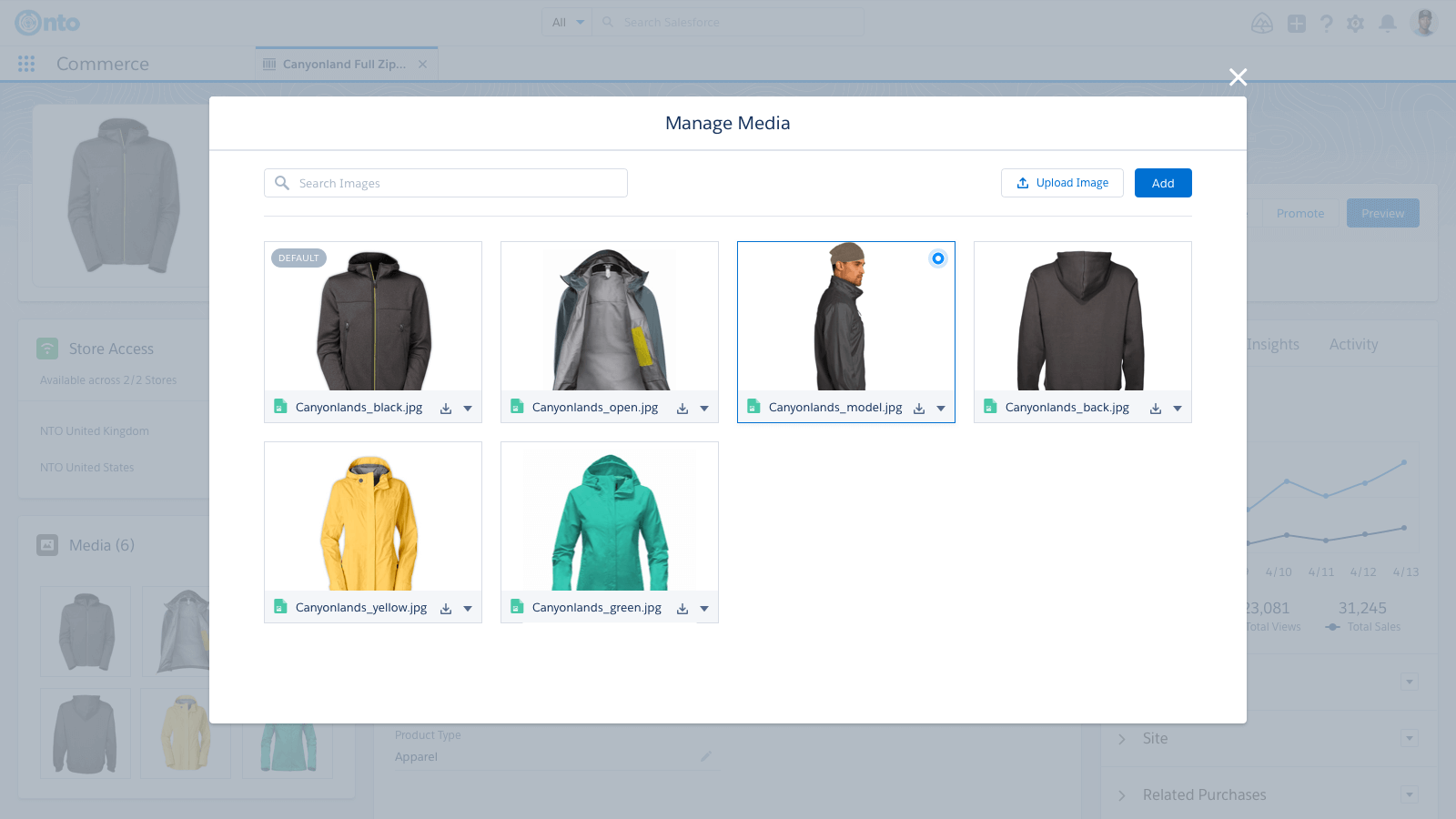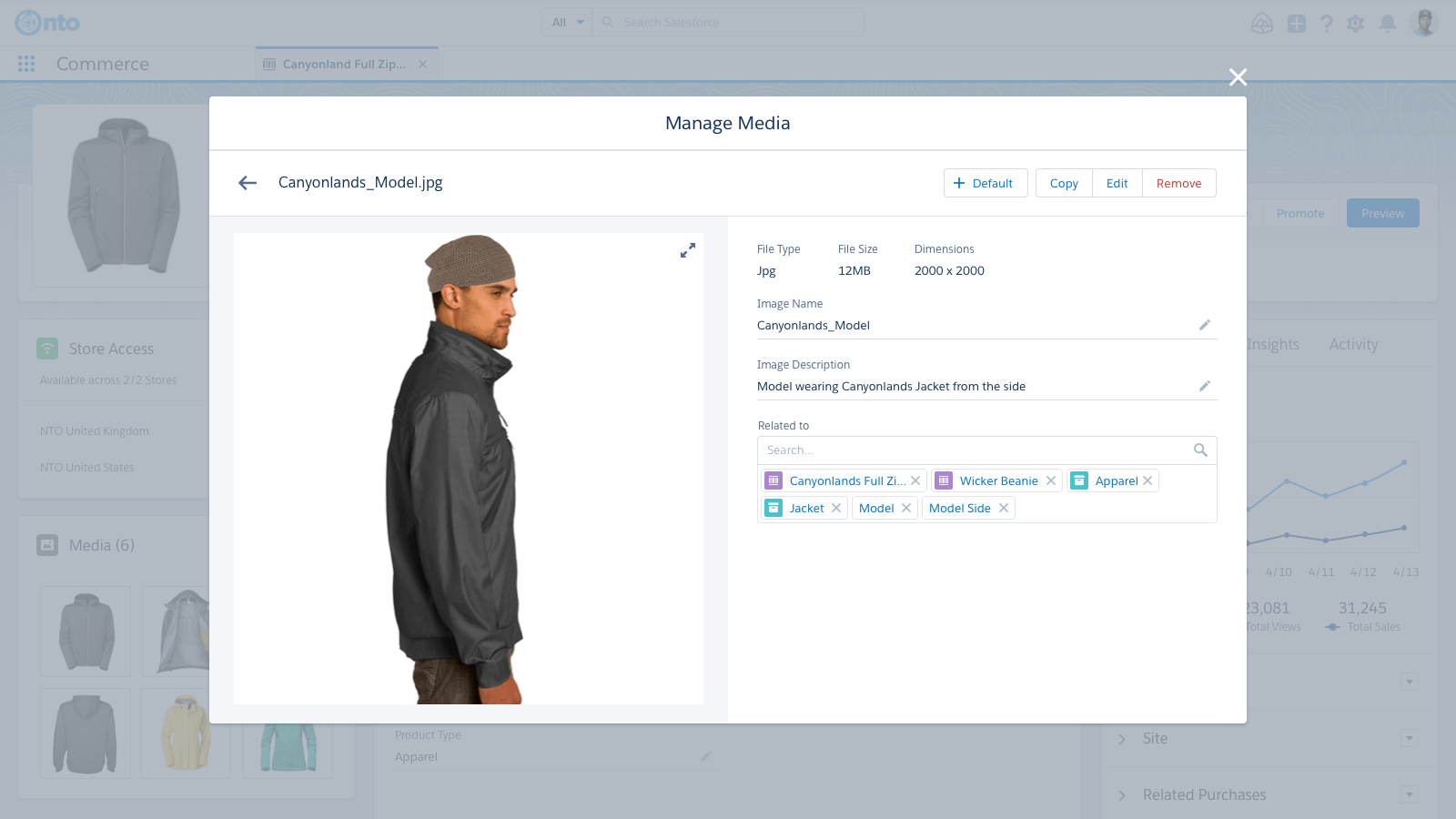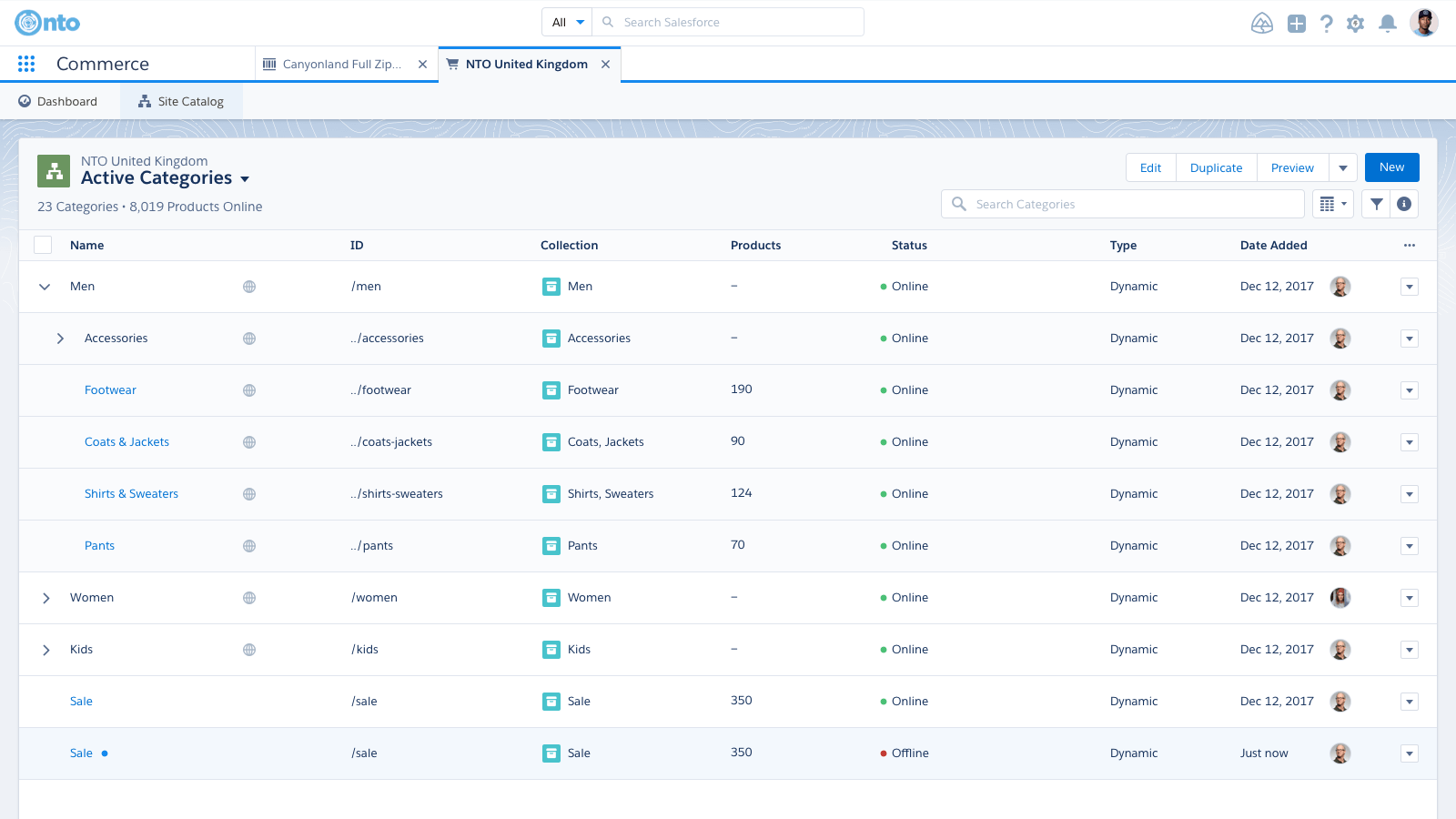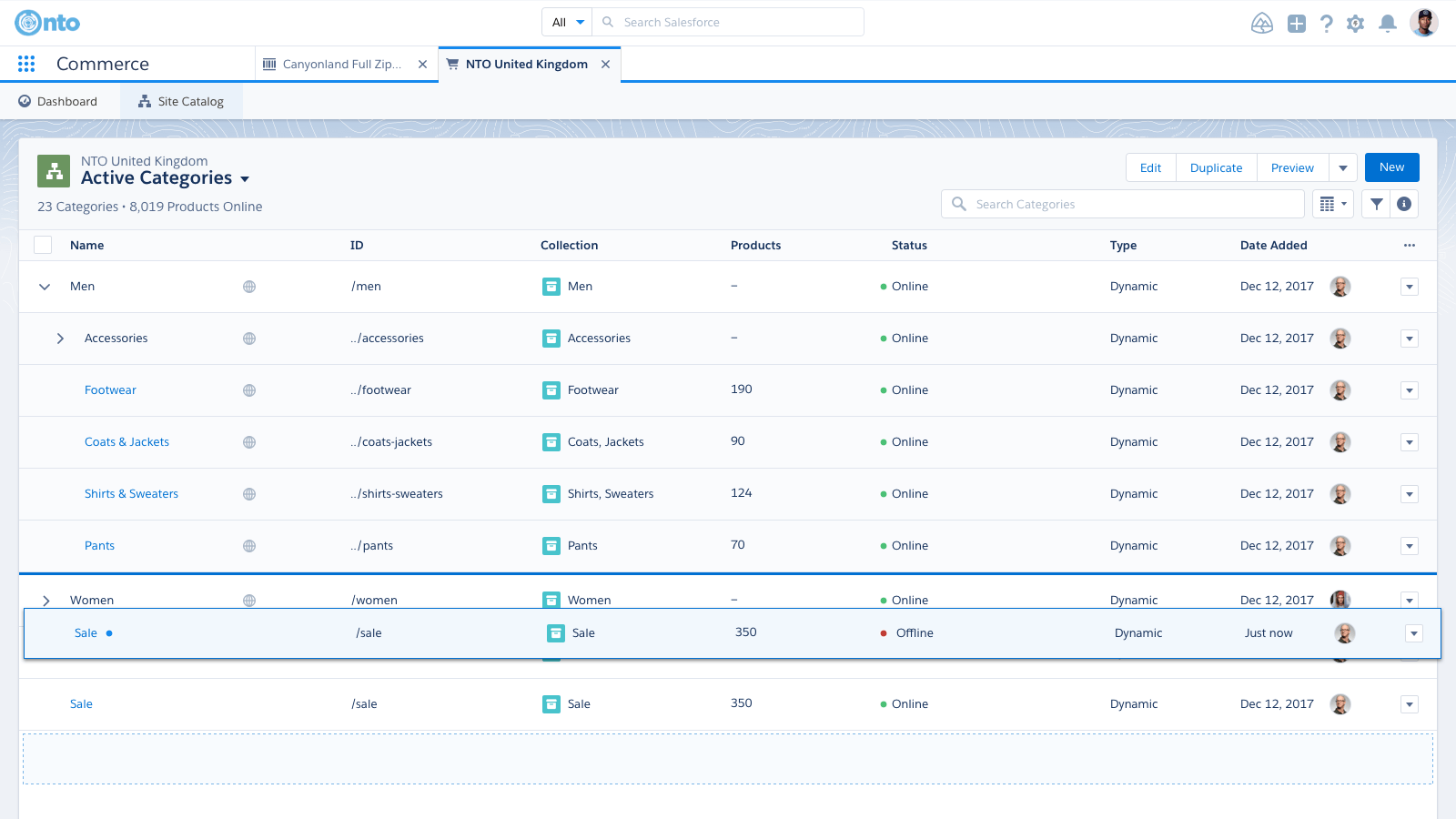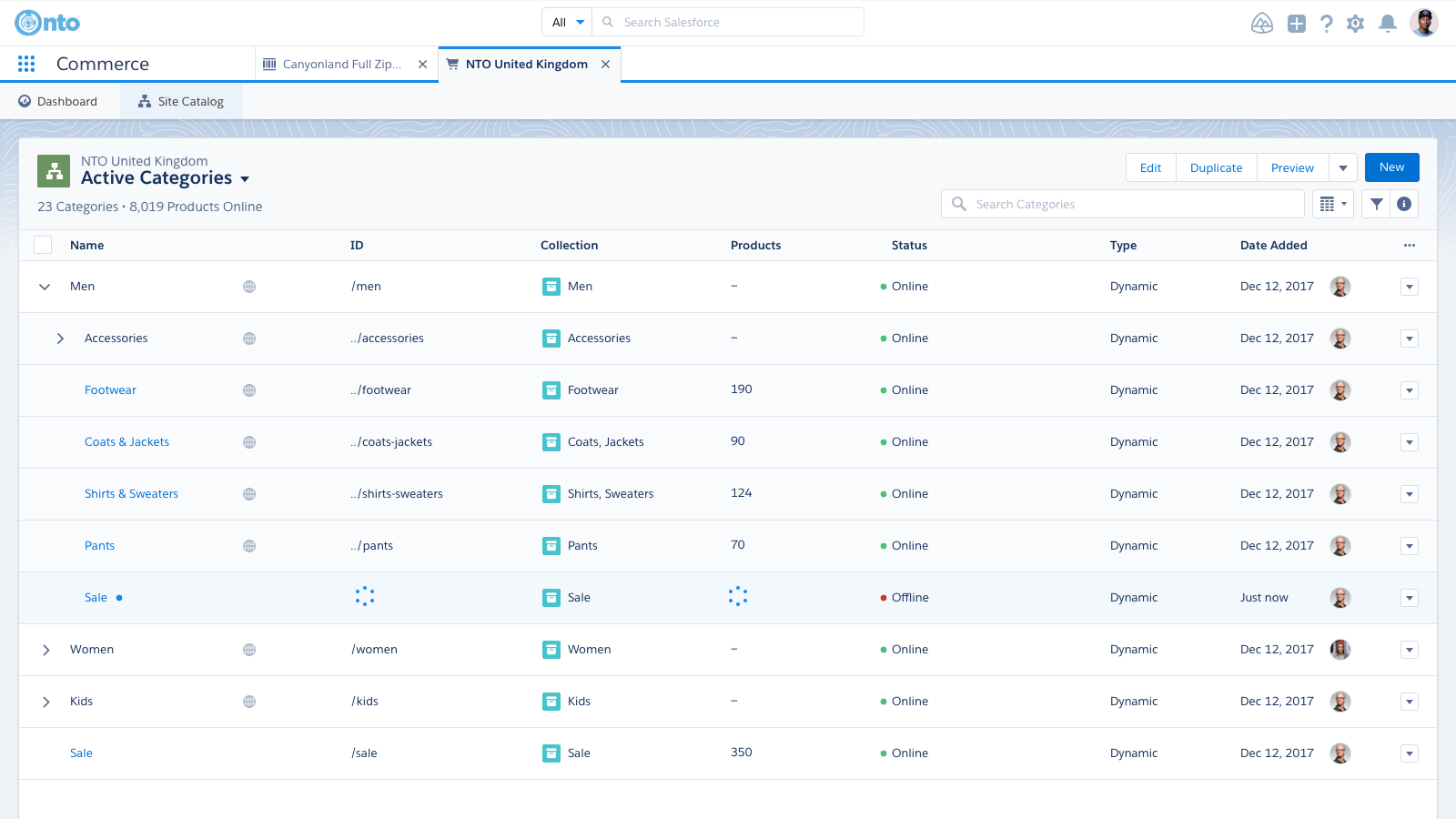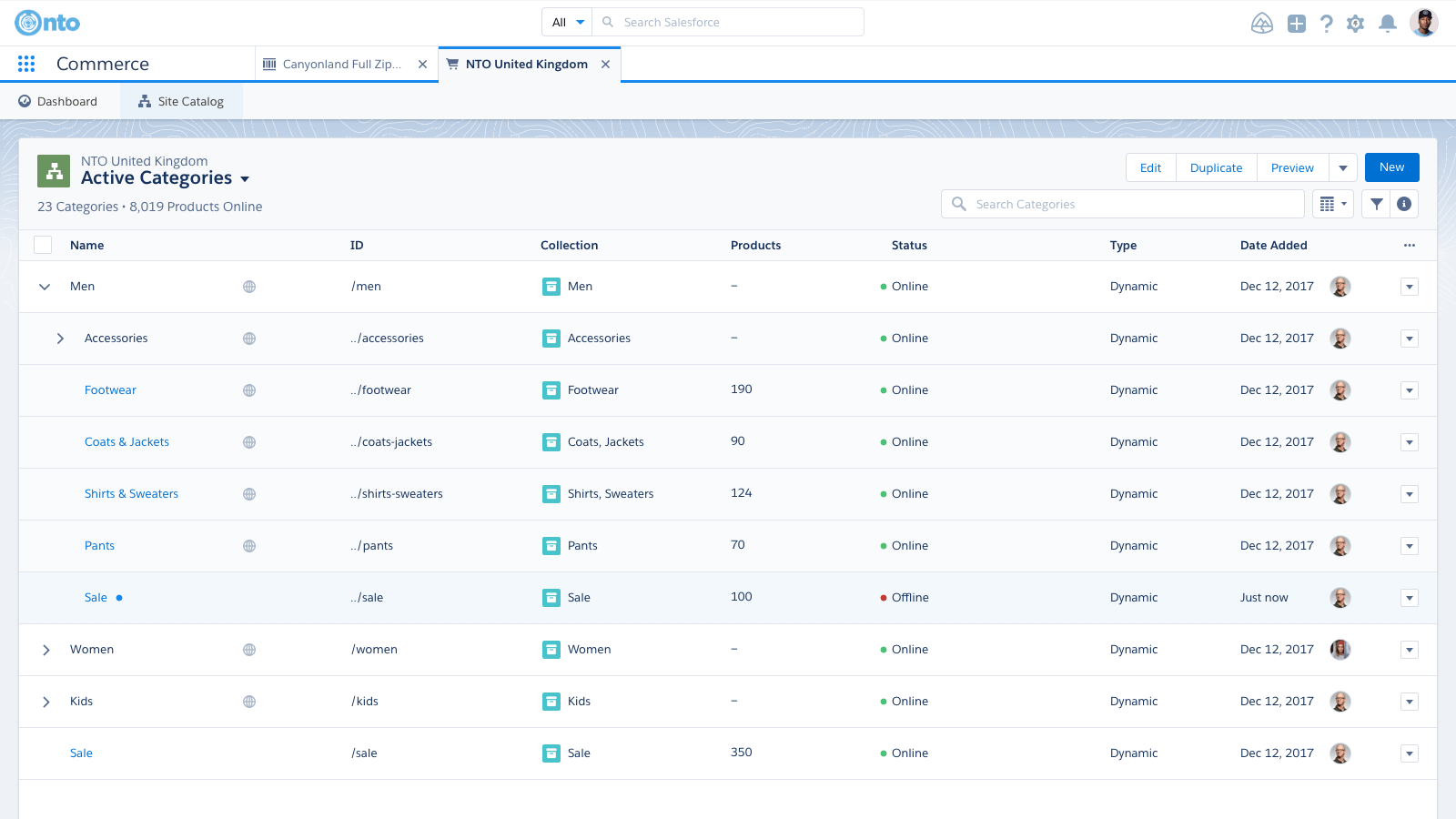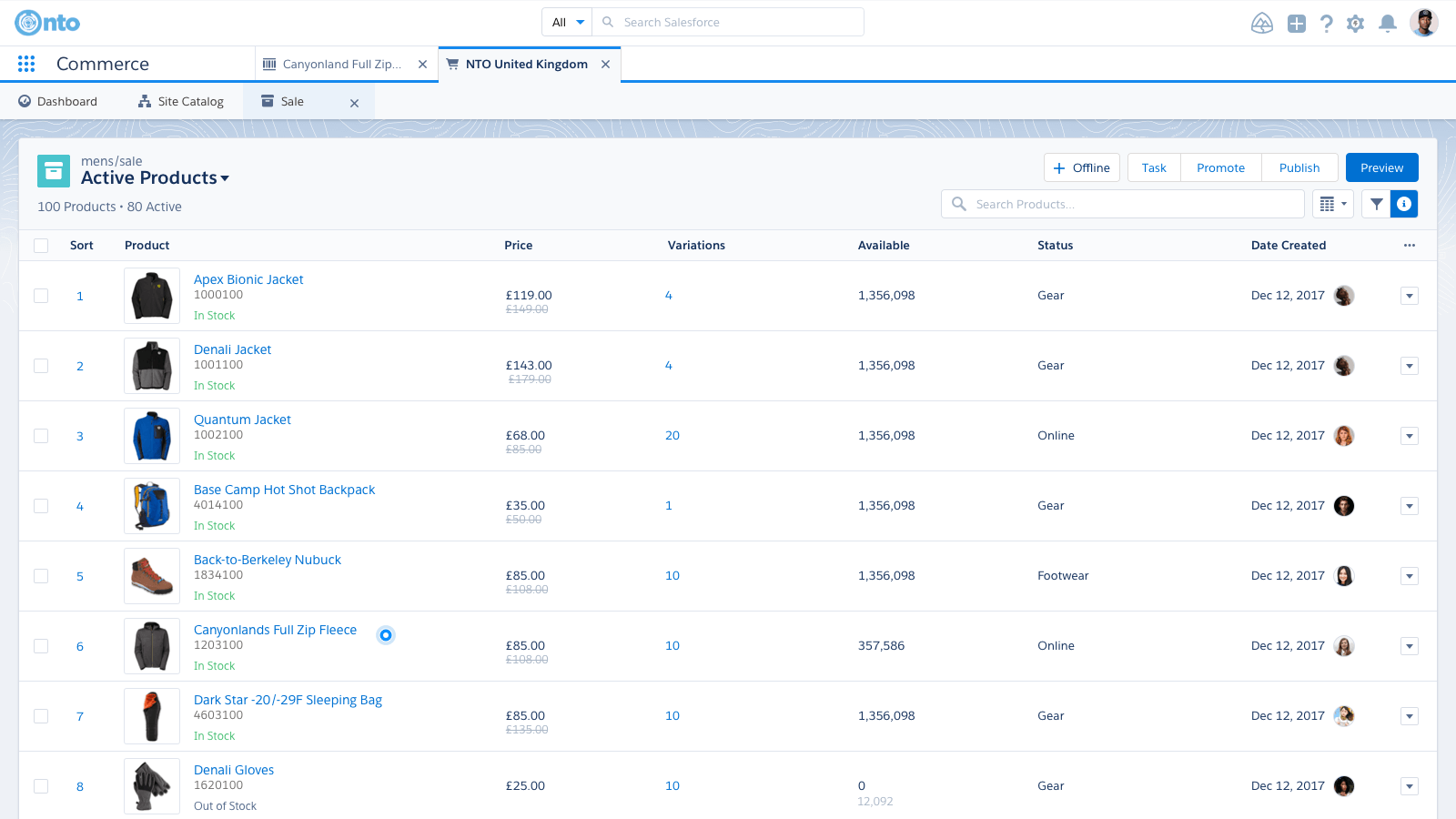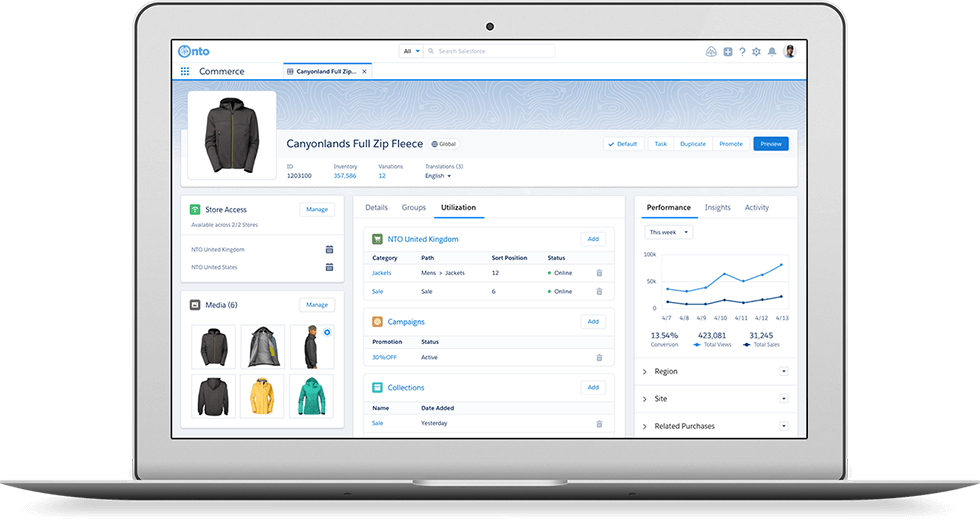
SALESFORCE COMMERCE
Intro
Commerce Cloud is a Salesforce product derived from an acquisition several years ago. It's a feature-rich product that enables B2C enterprise companies to manage multiple e-commerce store's products, catalogs, and promotions across various markets, pricing and languages.
Role Overview
Lead the Commerce Cloud redesign across multiple stakeholders, designers, and teams utilizing a holistic design strategy that focused on our users to understand existing systems and identify organizational, technical and user improvements in our transition from an independent application to an interdependent, multi-application platform.
Key Duties
Research & Testing
Info Architecture
UX / Interaction Design
Visual Design
Year
2019-2020
Challenges
Product & Organizational
- The application sat on a separate, dated tech stack isolated from Salesforce leaving customers with frequent performance issues.
- The application was architected from an engineering perspective with various UI frameworks that consistently failed to meet a basic evaluation of usuability heuristics.
- We were a distributed and siloed team with Design seen as a service arm to Product and Engineering teams instead of an equal partner.
Customer
- Our customers had feedback exhaustion. They were tired of telling us their pain points while never seeing any changes to their experience.
- Their pain points were consisitent: slow performance is always an issue, tasks and workflows were tedious and repetitive, no system feedback or insights and complicated to learn.
Exisiting Experience
Users & Stakeholders
Research
The project was initiated after reviewing past interviews for a previous redesign failure. I took that understanding then collected analytics data and spoke with other designers, product management, engineering and customer success. After a couple months of iterating a redesign of my assigned feature, I received larger buy-in and resources from management to expand and include the broader organization to development this vision across multiple features and platforms.
12 Customer Interviews
Reviewing past interviews and conversations with customers
6 CS Interviews
Understand customer pain points through Customer Success
10 Executive Stakeholders
Understand the internal goals and direction across the organization
Red Account Feedback
Understanding why customers have left or plan to leave
Pendo Data
Analyzing how customers are using and navigating our application
8 Concept Evaluations
Putting designs in front of customers early and often
Goals & Principles
Commerce Complexity without the Complication
Architect a user-centered experience enabling customers to build, deploy, and manage multi-faceted commerce experiences with the unified power of Salesforce.
- Integrate Einstein Intelligence automation and machine learning to alleviate manual, tedious tasks
- Leverage Salesforce Lightning Design System to create a unified experience across platforms
- Provide Contextual Analytics within the workflows to improve decisions, feedback and responses.
- Foster Collaboration amongst teams that enable realtime feedback around work and decisions


Solutions
Scenario
We'll focus on the Merchandise Strategist working for a fictious outdoor apparel and gear company called Northern Trail Outfitters that sells directly to consumers. Their varied responsibilities include organizing and curating products based on a series of factors that range from highly-tailored visual experiences to inventory and sales conversions. We'll go through how they navigate the applicaton, manage catalogs of products, assets, and make decisions across multiple sites and markets,
Improving Workflows
Persona-driven Decisions
The existing workflows were built around what was easiest to implement by engineers for engineering teams. We took our understanding of our Merchandise Strategist persona and developed more user-centered approach to design systems around their needs and expectations.
In this example, we redesigned a product import system in context to the products themselves; providing flexible options for data types and automated product sorting into categories to alleviate a lot of tedious and repetitious tasks that took up so much time for our users.
Information Architecture
Navigation
Problem
To fulfill Salesforce's 360 Customer Experience, Commerce Cloud had to transition from a isolated application into the Salesforce ecosystem where users can access other platforms like Marketing or Service Cloud and our data becomes a shared resource to create a single view of the customer throughout their Journey. We had to consolidate a bloated navigation with pages built per feature.
Solution
Salesforce Lightning Design System allowed us to resolve basic usability issues and provided a library of ready-to-use components; adopting those that fit and expanding those to include our use cases for a consistent Salesforce experience. We were able to consolidate core activities into Objects and provide a customizable menu and dashboard that provided insights across user's sites and sales.
Feedback Systems
Global Products & Import
Problem
It was incredibly difficult for Merchandisers to manage their products. The existing system requires a developer to upload an XML file leaving the Merchandisers not understanding what was imported or when. Then comes the tedious task of ensuring every product has the required information and assigning each to every category it belongs within the site catalog. If a product requires a change to a description, they have to go to every place it was assigned to update the information -- all while having little to no imagery of the merchandise itself.
Solution
Build a visually rich, global product management system where Merchandisers have a simple and versatile import processs that automates the tagging and sorting of products. Allow them to manage where products are used and globally update information across sites and Salesforce. Provide system feedback around which products are new, require attention, or have insights from Einstein AI and use progressive disclosure with an information drawer to provide greater detail around product, performance, and actions taken on the product by team members.
Data Management & Analytics
Product & Asset Management
Problem
Our Merchandisers are overwhelmed with fields that don't pertain to every product with tabs of functionality that our analytics data proved they simply do not use. Their management of the products are very manual, repetitive, and tedious and it's among the top pain points we were hearing. We didn't provide any video or 3d and our existing system required a series of various resolutions for every image they imported. Merchandisers didn't know where the product was being used on their sites, their campaigns, and if they wanted to make a change to any of the products, they had to find everywhere it was assigned to make that one update multiple times.
Solution
Design a visual experience that creates global and local relationships with products across the entire application for quick and easy updates. Provide important analytics around the performance and management of the product wherever it's used. Create a rich media management system where we handle the resolution variants instead of the users. Allow users to easily set defaults and allow media to be tagged into collections or with product manually or through recommendations with Einstein AI image recognizition. Enable the Merchandisers to quickly preview the product in context of a live site where they can access existing site themes and templates within our Page Builder feature.
Automation
Site Catalog & Category Management
Problem
In the exisiting experience, our customers have no access to important data like inventory or performance related metrics that are important to Merchandisers when they need to make decisions. They have no understanding of changes and rely on external communication to track their progress. The creation of categories within their catalogs are tedious and repetitive requiring them navigate across empty spaces of their catalog before reaching the desired category to assign every necessary product.
Solution
Provide a data-rich experience for every catalog with performace metrics, top performers, and team activity to allow Merchandisers to make more informed and insight-driven decisions with greater visibility. Create categories that are non-destructive and utilize Collections to act as nested smart filters that automatically feed products into every category where Merchandisers only have to sort, schedule or push products into production and allow them to quickly preview their changes in context to the live site.






